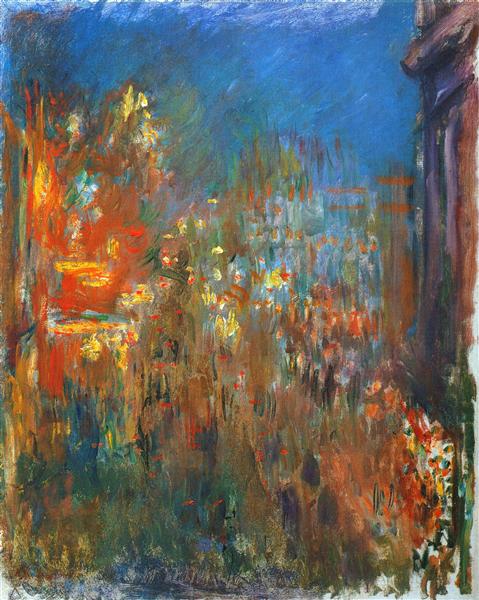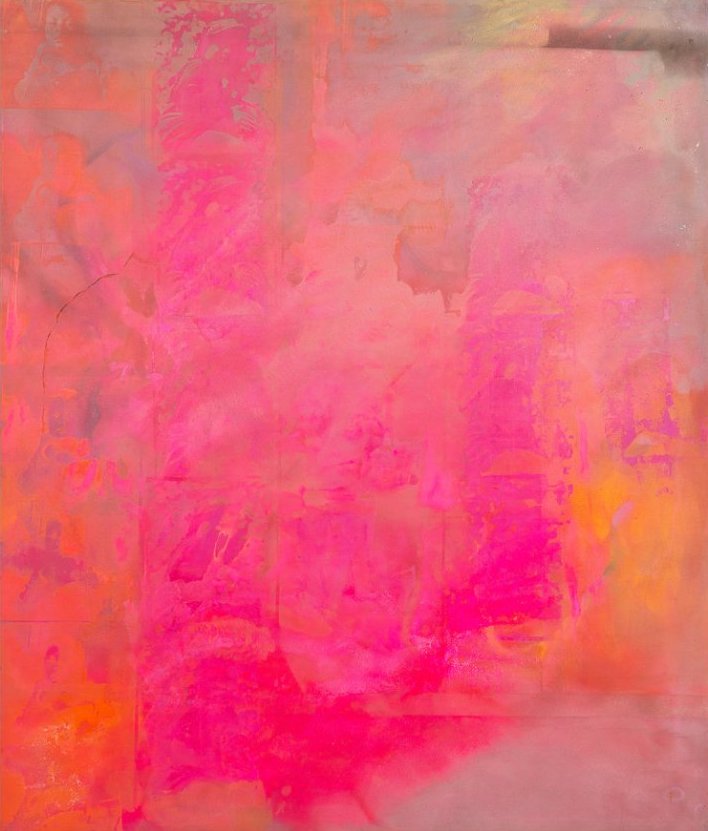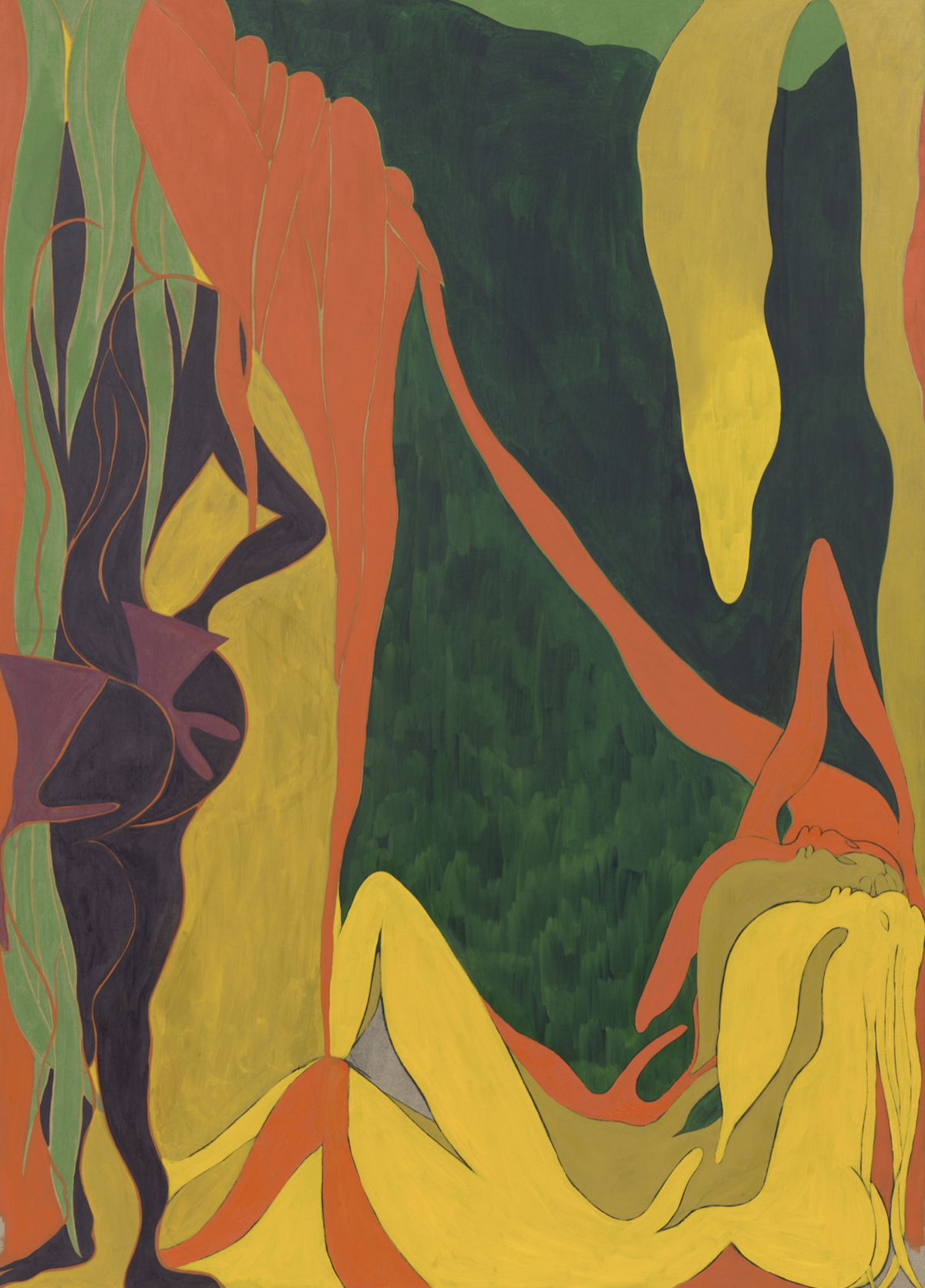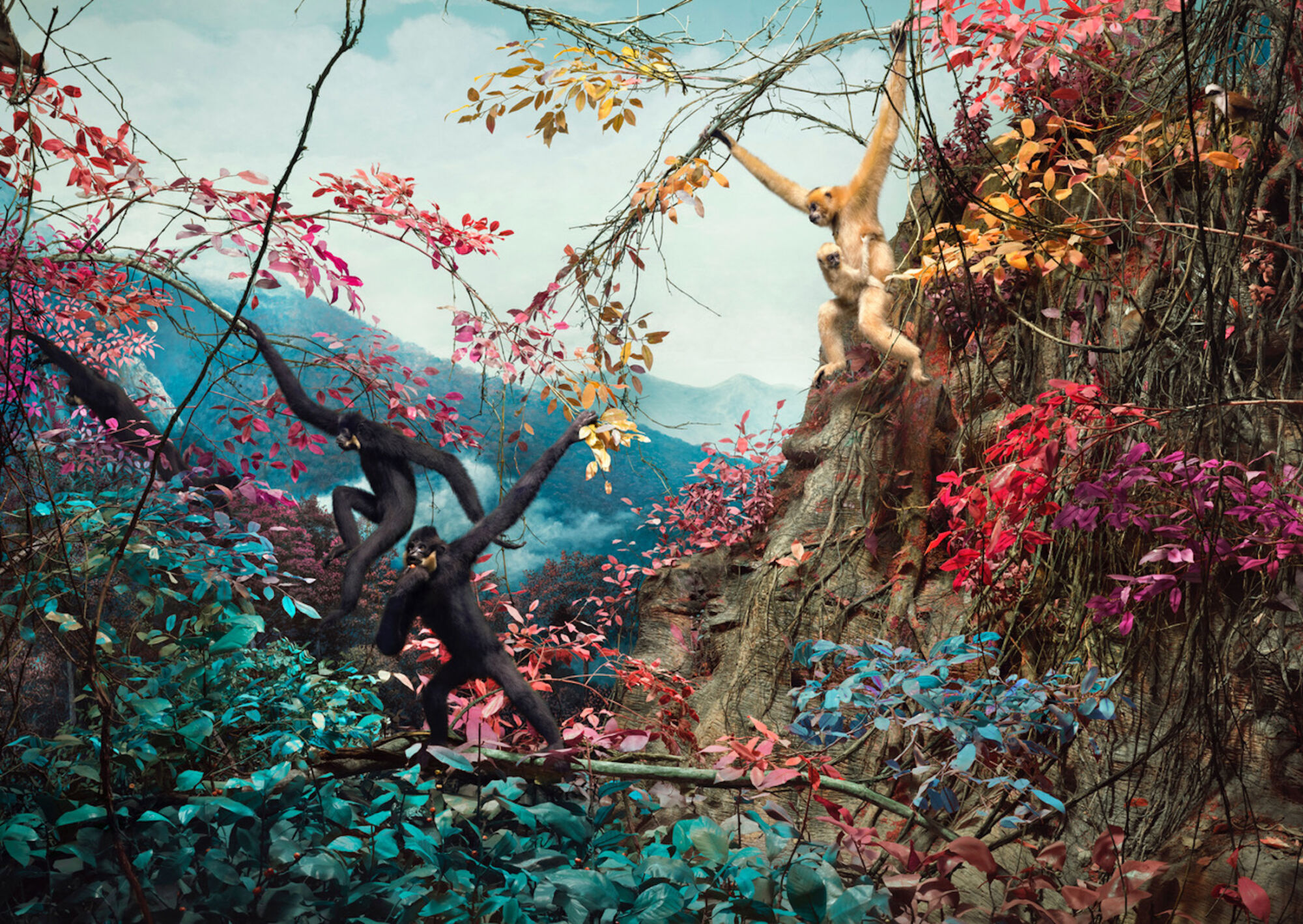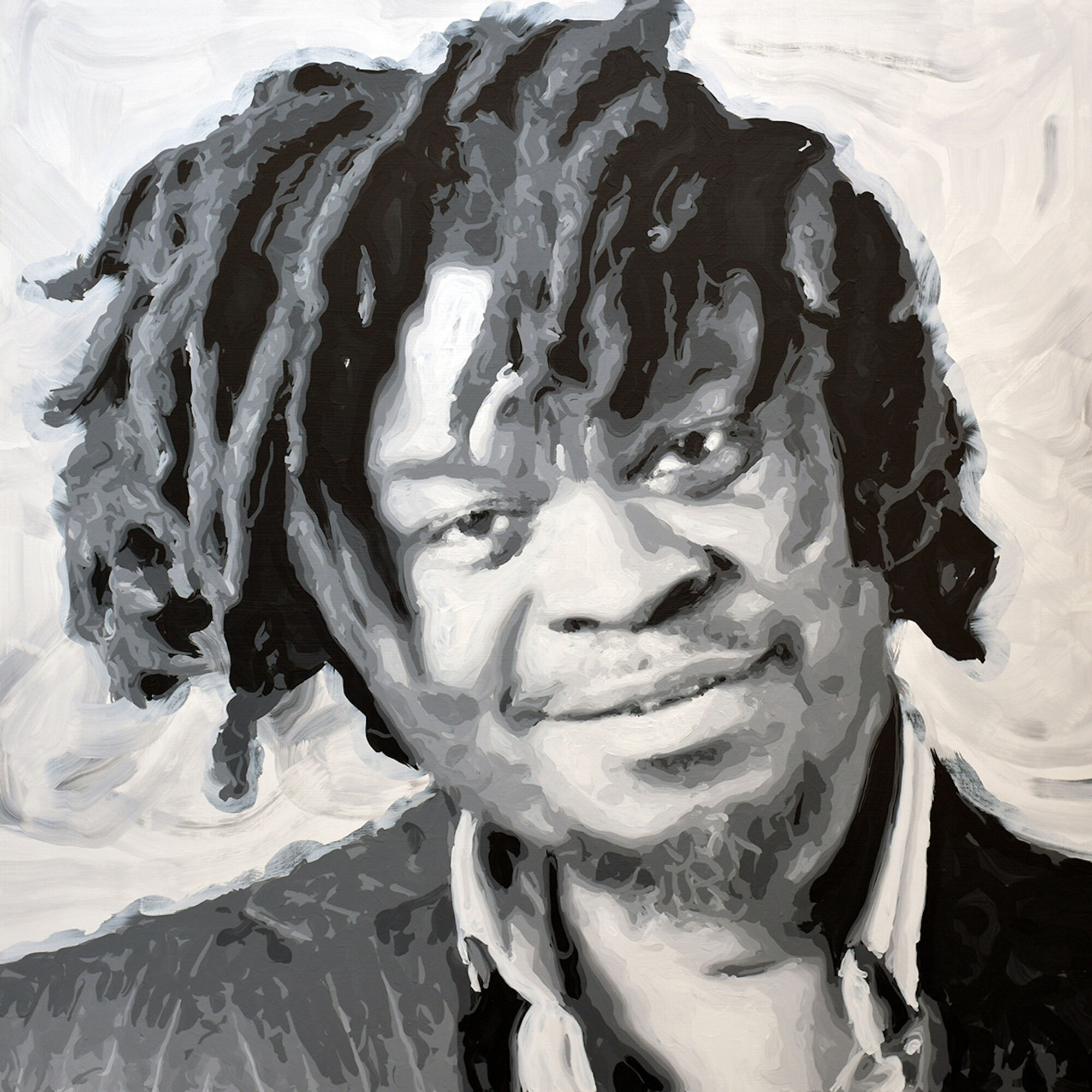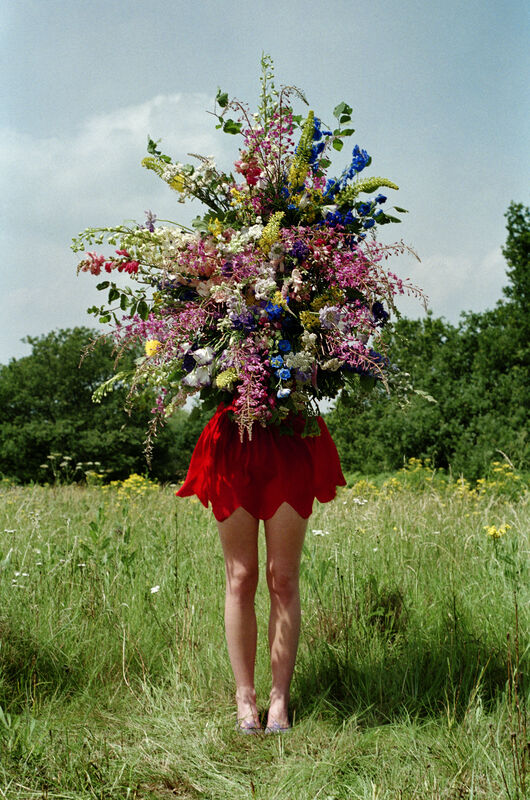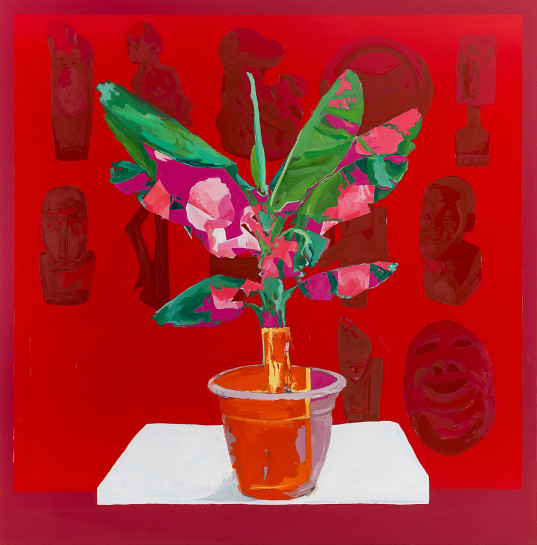
Discover René Burri
The Swiss photographer René Burri is perhaps best known for his black-and-white work and piercing portraits of leading cultural and political figures including Pablo Picasso and Che Guevara. Indeed, his 1963 image of the Cuban revolutionary leader has become one of the most iconic images of the 20th century.
But his lesser-known colour compositions are just as compelling. ‘They have a different language than his black and white photography,’ says Mélanie Bétrisey, curator and supervisor of the René Burri Collection. ‘There is something more emotional, less calculated about them.’
This brilliant shot of San Cristobal’s stable, horse pool and house, designed and built by the Modernist Mexican architect Luis Barragán, is one such example. Taken in Mexico in 1976, it reflects Burri’s mastery of light, shadow, angle and geometry. The composition is dominated by two large walls — one red, one pink — that stand in striking contrast to the vivid blues of the pool and sky. What strikes, says Bétrisey, is ‘the play of flat areas and depth of field of colour with clear diagonals, the play of lines.’ No question, it will draw you in, transporting you in time and place.
But his lesser-known colour compositions are just as compelling. ‘They have a different language than his black and white photography,’ says Mélanie Bétrisey, curator and supervisor of the René Burri Collection. ‘There is something more emotional, less calculated about them.’
This brilliant shot of San Cristobal’s stable, horse pool and house, designed and built by the Modernist Mexican architect Luis Barragán, is one such example. Taken in Mexico in 1976, it reflects Burri’s mastery of light, shadow, angle and geometry. The composition is dominated by two large walls — one red, one pink — that stand in striking contrast to the vivid blues of the pool and sky. What strikes, says Bétrisey, is ‘the play of flat areas and depth of field of colour with clear diagonals, the play of lines.’ No question, it will draw you in, transporting you in time and place.
Share




